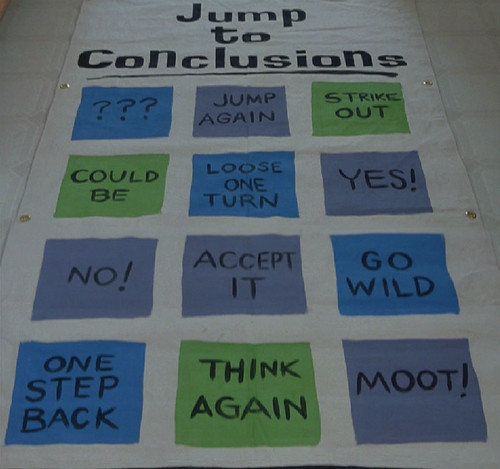w_earle_wheeler
First Post
Scott_Rouse said:This is the Real WOTC circa 2008
4e D&D Design Team

Ha! No way in any of the nine hells.
This is the REAL WotC circa 2008

... though I'm not really sure I'd leave Geezer in the photo for that one.
Scott_Rouse said:The one from W.E. Wheeler that compares us to a murderous dictatorship was over the line. No one in the games business deserves that comparison especially when:
And if you think that comparing the current WotC PR style to Baghdad Bob is the same as comparing WotC to an entire murderous government, well...
Mourn said:
All that being said, I'm still looking forward to reading 4e.

